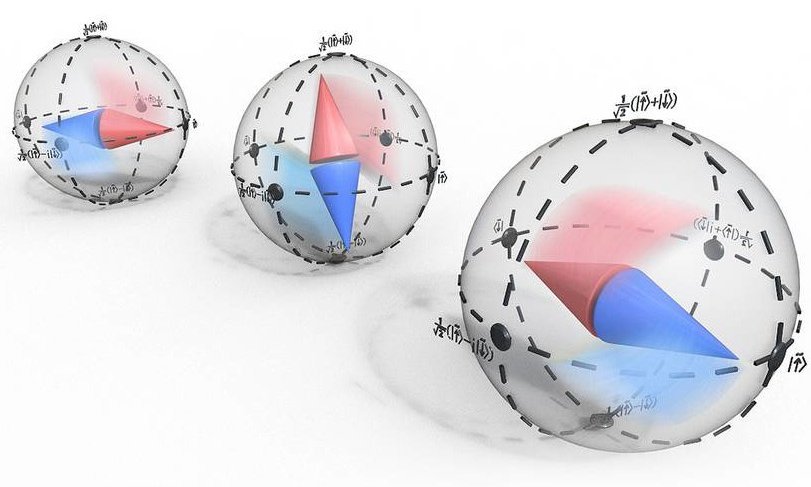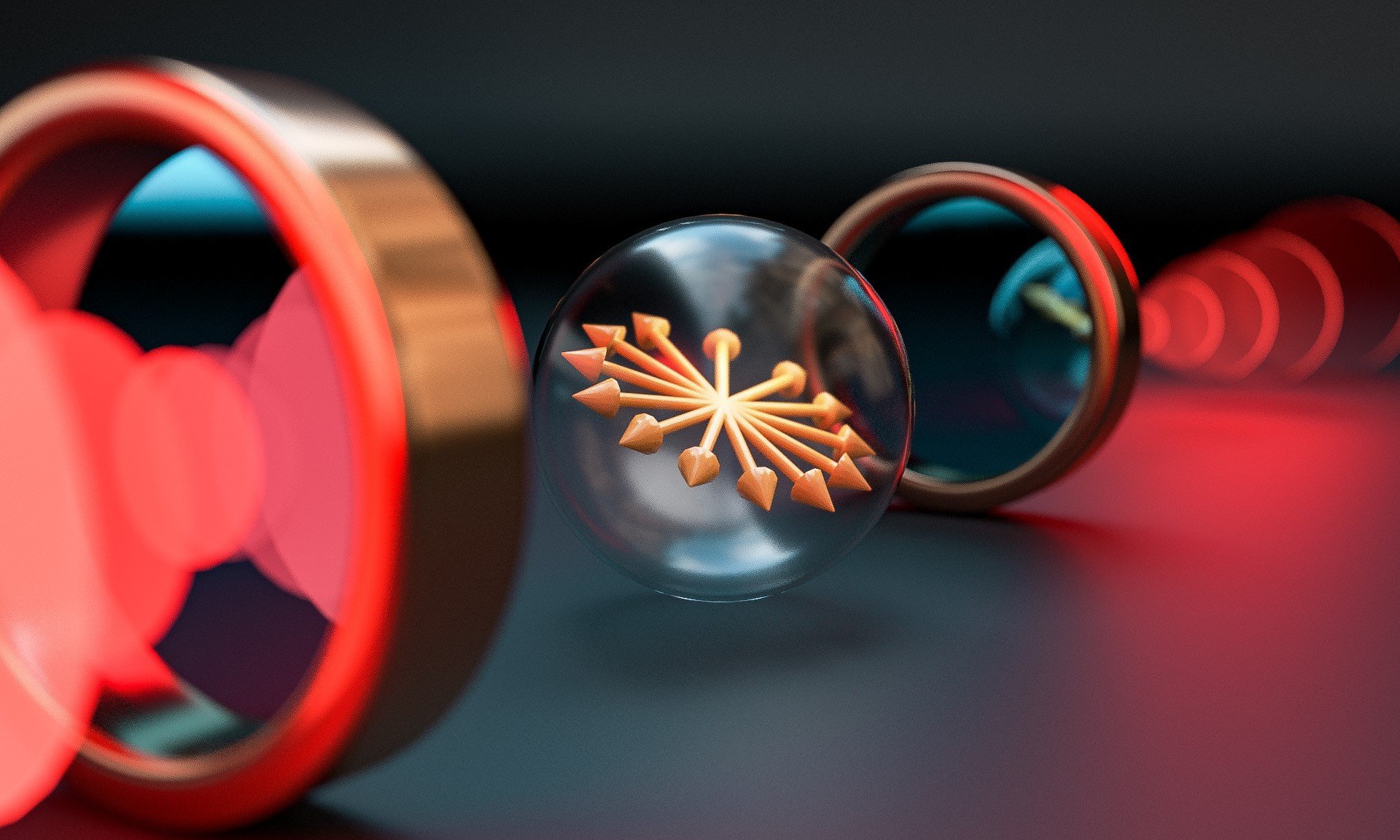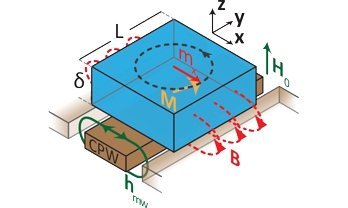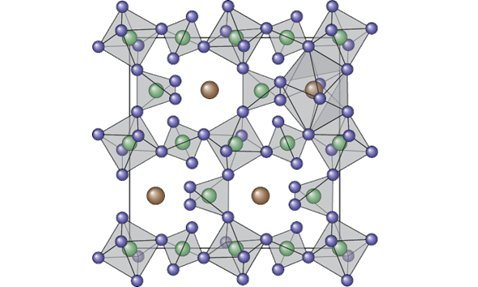Magnetism and Spintronics


The ordering of spins in magnetic materials is determined by the subtle interplay between various interactions ranging from exchange and dipolar interactions to more exotic ones such as the Dzyaloshinskii-Moriya interaction (DMI). These interactions may result in simple parallel and anti-parallel spin configurations such as in ferromagnetic and antiferromagnetic materials, but also in more complex spin configurations such as magnetic skyrmions and other topological spin textures. In our research, we aim at identifying the static and dynamic properties of spin structures in magnetic materials and clarifying the underlying physical mechanisms in both bulk materials and magnetic heterostructures. This is of key relevance for their applications in magnetic data storage or in spintronics devices.
In spintronics – one of the emerging fields for the next-generation nanoelectronic devices – the transport of spin-polarized charge carriers or even the transport of pure angular momentum (pure spin currents) without any charge transport is in the focus of present research. We particularly focus on pure spin currents in electrically insulating magnetic materials carried by quantized spin waves (magnons), as devices based on such currents may have reduced power consumption and allow for an increase in memory and processing capabilities.
We fabricate insulating and electrically conducting magnetic materials as well as complex heterostructures consisting of magnetic and non-magnetic materials. The combination of magnetically ordered materials with non-magnetic metals with strong spin-orbit interactions allows us to generate and detect pure spin currents by the direct and inverse spin Hall effect (SHE). Such structures lead to important discoveries of the spin Hall magnetoresistance (SMR) and the spin Nernst effect (SNE) at the WMI. We also could demonstrate spin transport in a magnetic insulator with zero effective damping and the magnonic analogue of the electronic Hanle effect and the Datta-Das transistor.
A new class of magnetic materials where the spin density breaks the lattice symmetry was recently proposed. These so-called altermagnets display a k-dependent spin polarization and offer novel approaches for spintronic devices. We fabricate and/or investigate different altermagnetic candidate materials like Fe2O3, Ba2CoGe2O7, or MnTe.

Antiferromagnetic Spintronics
Antiferromagnetic materials promise improved performance for spintronic applications, as they are robust against external magnetic field perturbations and allow for faster magnetization dynamics as well as a higher packing density, compared to ferromagnets. The spin Hall magnetoresistance (SMR) effect is a versatile tool to probe the antiferromagnetic spin structure via simple electrical transport experiments. We investigate ...
- the spin Hall magnetoresistance (SMR) effect in antiferromagnetic and altermagnetic insulators and
- the topological Hall effect (THE) and related phenomena in materials with large spin-orbit coupling.
Magnon Spin Transport
Pure spin currents represent the chargeless transport of angular momentum. We investigate ...
- the diffusive magnon spin transport in insulators with long-range magnetic order and
- the spin texture and its evolution as a function of the external magnetic field.

At the Walther-Meissner-Institute we pioneered research in the direction of strong magnon-photon interaction, which is key to investigate magnons on the quantum level, but also gives deep insight in the hybridization of magonic and phonic states, an aspect which we have intensely researched by combining this hybrid system with electical readout techniques.
Spin ensembles based on paramagnetic centers are complementary to their exchange coupled counterpart. Although, the coupling is less intense, they still can be operated in the strong coupling regime. Due to their extreme coherence times, these spin systems are discussed for quantum memory or quantum transduction applications.
In addition, we study magnon-phonon hybrids based on acoustic resonators and magnetic thin films, as well as coupled nano-string resonator networks.

We study the dynamics of both paramagnetic and exchange-coupled spin systems by broadband magnetic resonance spectroscopy. We aim at extracting fundamental material parameters like magnetic anisotropy, exchange coupling and damping of spin dynamics in a wide range of materials, ranging from simple ferromagnets to topologically nontrivial magnets with complex spin textures. A particular focus of our research is the study and application of spin-orbit torques.

Like magnetism and superconductivity, those quantum phases are not only of high interest from the fundamental science perspective, but also have potential applications in quantum science and technology. We fabricate thin film and multilayer quantum materials, including magnetically ordered insulators (e.g. Y3Fe5O12 or α-Fe2O3), spin-orbit driven materials (e.g. Sr2IrO4), or Dzyaloshinskii-Moriya-active interfaces...
